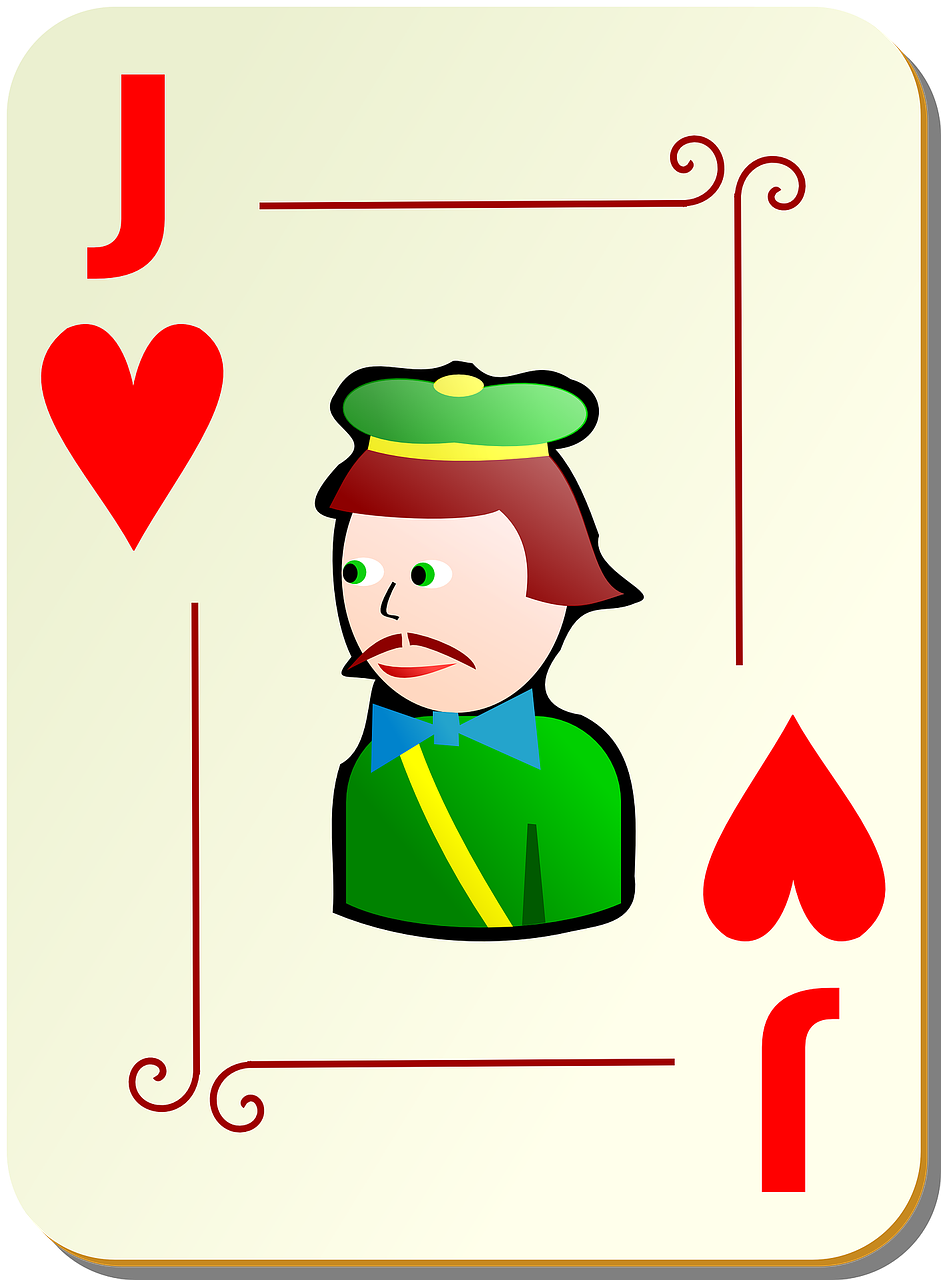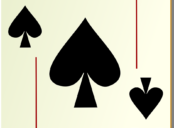Poker Hands – A Comprehensive Guide for Casino Players

Introduction:
When it comes to casino games, poker is undoubtedly one of the most popular and exciting options available. Whether you are a seasoned pro or someone new to the world of gambling, understanding different poker hands is essential. In this article, we will take you on a journey through the intricacies of poker hands, providing valuable insights and knowledge for all casino enthusiasts.
Understanding Poker Hands:

Poker hands refer to the combinations of cards that players hold during a game. These hands determine the strength of each player’s cards and ultimately who wins the pot. The ranking of poker hands varies based on their probability and rarity. It’s crucial to familiarize yourself with the hierarchy of hands to make informed decisions while playing.
– Royal Flus This is the highest-ranking hand in poker. It consists of the Ace, King, Queen, Jack, and Ten, all in the same suit. Achieving a royal flush is extremely rare but guarantees a winning hand.
– Straight Flus It is a combination of five consecutive cards of the same suit. The highest possible straight flush is the Royal Flush, whereas the lowest is A-2-3-4-5 of the same suit.
– Four of a Kind: Also known as quads, this hand comprises four cards of the same rank and one additional card. The rank of the four cards determines the strength of the hand.
– Full House: A full house consists of three cards of one rank and two cards of another rank. To determine the strength of a full house, you compare the rank of the three cards first and then the two cards.
– Flus This hand consists of any five cards of the same suit, regardless of their rank or sequence. When comparing flushes, the highest-ranked card determines the winner.
– Straight: A straight consists of five consecutive cards of any suit. The Ace can either be the highest card (A-K-Q-J-10) or the lowest card (A-2-3-4-5).
– Three of a Kind: This hand contains three cards of the same rank and two unrelated cards. The strength of the hand depends on the rank of the three cards.
– Two Pair: As the name suggests, this hand consists of two pairs of cards of the same rank and one unrelated card. The strength is determined by the higher-ranking pair first, then the lower-ranking pair, and finally the unrelated card.
– One Pair: This hand entails two cards of the same rank and three unrelated cards. The strength of the pair is determined by its rank, followed by the highest-ranking unrelated card.
– High Card: When a player doesn’t have any of the above combinations, the highest card in their hand determines its strength. In case of a tie, the subsequent highest cards are considered.
The Evolution of Poker Hands:
The history of poker hands is closely intertwined with the evolution of the game itself. Poker, believed to have originated in the early 19th century in the United States, has seen significant developments in terms of rules and hand rankings over the years.
Initially, poker hands followed a simpler ranking system, with three-card hands being the most common. As the game gained popularity, the number of cards in a hand increased, leading to the development of more complex and diverse hand rankings.
In the mid-19th century, the introduction of the 52-card deck became widespread, allowing for a broader range of potential hands. This paved the way for the inclusion of high-ranking combinations such as straight flushes and four of a kind.
The modern-day poker hands we are familiar with took shape during the early 20th century when poker became a staple in casinos and poker rooms. A standardized hand ranking system, along with specific rules for each variation of poker, provided a foundation for professional play and widespread recognition of the game.
Today, poker hands are universally recognized across various poker variants, including Texas Hold’em, Omaha, and Seven-Card Stud. The popularity of online poker has further enhanced the understanding and appreciation of different hand rankings, as players from around the world compete in virtual poker rooms.
In Conclusion:
For anyone interested in casino games, poker hands are an integral part of the experience. Understanding the various combinations and their rankings is essential for making informed decisions and increasing your chances of winning. The historical evolution of poker hands highlights the game’s rich and diverse heritage, showcasing its growth and adaptability over time.
So, the next time you sit down at a poker table or visit an online casino, keep these hand rankings in mind. With a solid knowledge of poker hands, you’ll be better equipped to strategize, make calculated moves, and outwit your opponents. May every deal bring you closer to the winning hand!





















